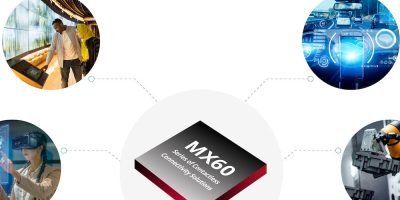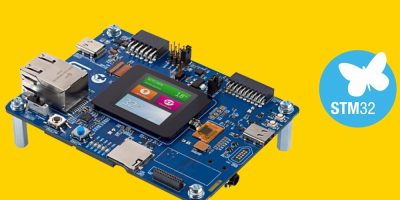Two spatial computing platforms called Snapdragon XR2 Gen 2 and Snapdragon AR1 Gen 1 have been introduced by Qualcomm to enable the next generation of mixed reality (MR), virtual reality (VR) devices and smart glasses.
Snapdragon XR2 Gen 2 brings premium MR and VR technology into a single chip architecture for immersive experiences in thinner and more comfortable headsets, that do not require an external battery pack.
It is engineered to deliver a lag-free experience with immersive sound blending virtual content with the user’s physical surroundings and transition seamlessly between MR and VR experiences.
Snapdragon AR1 Gen 1 platform is designed with power optimisations for sleek, lightweight smart glasses that enable the user to capture, share or live-stream hands-free, directly from the glasses. On-device AI enables personal assistant experiences such as audio quality enhancement, visual search and real-time translation. There is also support for a visual heads-up display to enable content consumption, including video, that blend seamlessly in the users’ field of view.
The platforms were developed in close collaboration with Meta and will commercially debut on Meta devices in 2023. The Meta Quest 3 will be powered by Snapdragon XR2 Gen 2 Platform, and Ray-Ban Meta smart glasses collection will be powered by Snapdragon AR1 Platform. Other manufacturers are expected to follow next year.
“At Meta, we’re focused on developing the technologies of the future in mixed reality and smart glasses, as well as the foundational innovations that will one day power our vision for AR glasses,” said Andrew “Boz” Bosworth, Meta’s CTO and Head of Reality Labs.
“The Snapdragon XR2 Gen 2 and Snapdragon AR1 platforms are the latest purpose-built processors that are designed to power the next generation of MR and VR devices and sleek smart glasses for all,” said Hugo Swart, vice president and GM of XR, Qualcomm Technologies. “The commercial debut of these two platforms with Meta is a further step forward in realizing our joint vision – unlocking premium, all-in-one XR devices and smart glasses that are affordable to users around the globe.”







